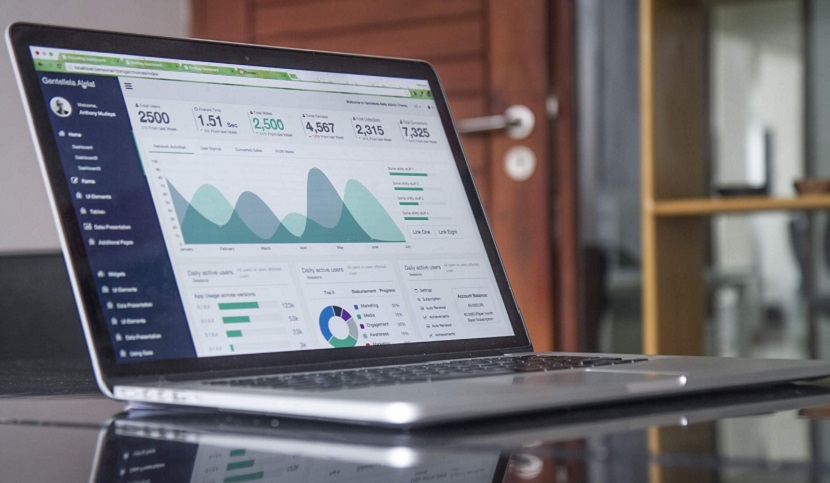Quality content is a key differentiator in the industry. It can assist firms in connecting with customers, strengthening brand impression, and eventually driving revenue. It’s no surprise that the demand for exceptional creative work, ranging from photography and graphics to copy and video, is at an all-time high. Organizations looking to speed up their creative workflows are increasingly relying on the benefits of digital asset management (DAM) systems to store, organize, and manage their information.
The benefits of digital asset management technology are frequently based on distinct use cases – you can learn about how Widen clients use their DAM system in our case studies. However, we’ve seen that these nine benefits are common across the wide range of ways that DAM systems are used.
General benefits of digital asset management
1. Organized content in one system
Organize content in a single system so that team members and external partners may easily discover what they need. Because there is an ongoing need for marketing content, fresh assets are constantly being generated. However, having more files can make it simpler to misplace them. A centralized area where users can locate what they need, when they need it, keeps teams on track and content accessible. Furthermore, DAM systems can avoid the costs associated with recreating lost assets because they are secure and easy to recover once they are placed in the system.
2. Workflow organization
Organize your workflow for distributing proofs, gathering input, and obtaining approvals from each reviewer. A range of DAM solutions improve content generation efficiency and agility. To speed and improve creative creation, version control, on-the-fly conversions, and workflow approval functions decrease time spent on manual procedures such as legal approval, brand review, and photoshoot workflows. DAM improves cross-team collaboration and lowers the likelihood of costly miscommunications.

3. Repurposing content
Repurpose your best-performing content to save time and money. DAM systems can increase the value of assets through reuse and repurposing by providing a complete picture of available content. Adapting existing prose, graphics, video, or other creative content for a new purpose is more than just reusing content; it is also about rethinking content to fit new objectives. With easy access to past and present information, teams can breathe fresh life into old projects while saving time, money, and resources by building on assets that already exist.

4. Brand consistency
Ensure brand consistency by having producers and communicators follow the same brand rules and content. DAM systems assist in ensuring that all team members use the same, on-brand files. Marketers can reduce the use of obsolete or low-quality file versions by referring everyone to a single content repository with simple search tools. This continuous usage of appropriate information contributes to consistent brand messaging at all customer touchpoints.
5. Integration of martech technology
Integrate your martech technology stack so that content is available wherever it is required. Teams must have the freedom to use the software that allows them to accomplish their best work. This frequently results in many systems across teams, if not the entire firm. However, tasks must still be completed in a consistent and efficient manner. Teams have secure access to the same content in whichever system they are using by integrating tools. This ensures that content and data are consistent across teams and channels.
6. Tracking content effectiveness
Understand where and why teams publish material and how well it engages your audience to track content effectiveness. Analytics capabilities are frequently included in DAM systems to track who is utilizing particular assets – when, when, and how. This information can be used to improve system performance and impact crucial content strategy decisions. Using data to influence content strategy enables teams to uncover opportunities to reuse their best-performing material, saving time and valuable resources in the process.

7. Reduce risk
Reduce the possibility of content rights and usage violations. DAM administrators can use governance tools to restrict how different user groups interact with assets. This enables enterprises to block access to sensitive content or download privileges on specific files. Integrating digital rights management (DRM) technology extends this protection by utilizing features such as digital watermarking and tracking software to monitor files after they have been distributed.
8. Brand-approved material
Distribute brand-approved material to your team members and external partners. DAM solutions provide features that enable frictionless content delivery, allowing stakeholders to get the information they need faster. Internal content collaborators, sales teams, and external partners can all have immediate access to resources in a self-service environment, whether through portals, a mobile app, or other methods. Integrations with other martech platforms can further automate and streamline distribution processes, across channels and other systems.
9. Integrate redundant information storage
Integrate redundant information storage, file sharing, and collaborative capabilities into a single solution for all team members to use. Organizations frequently discover overlap in tools across teams and departments after centralizing their material. This redundancy not only leads in excessive expenses, but also offers potential for asset and information inconsistencies. Consolidating tools saves money, simplifies content management, and promotes brand consistency.



